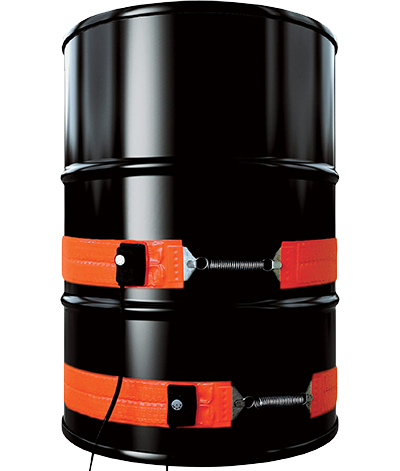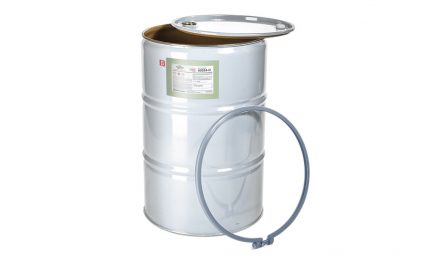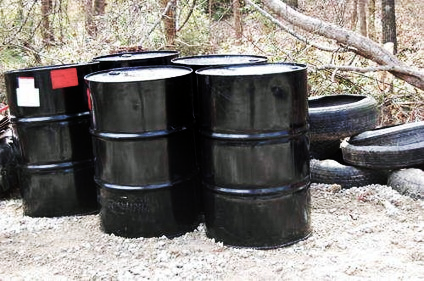 Last year’s extreme winter conditions caused significant disruptions for many businesses. Due to extremely cold temperatures and poor road conditions or closures, many of you experienced delivery delays and received isocyanate that was cloudy or frozen. Avoid the winter blues! Order your chemicals on Mondays or Tuesdays so that your shipment does not sit in a cold freight terminal over the weekend. If you don’t have a drum band heater already, now may be a good time to buy one in case you need to heat your material before use (please see heating procedure below).
Last year’s extreme winter conditions caused significant disruptions for many businesses. Due to extremely cold temperatures and poor road conditions or closures, many of you experienced delivery delays and received isocyanate that was cloudy or frozen. Avoid the winter blues! Order your chemicals on Mondays or Tuesdays so that your shipment does not sit in a cold freight terminal over the weekend. If you don’t have a drum band heater already, now may be a good time to buy one in case you need to heat your material before use (please see heating procedure below).
The Process
- Inspect drum to ensure that there is no physical damage.
- Wear proper eye protection, nitrile gloves and chemical suit when working with isocyanates.
By Andy Phelan, Director of Technical Services
 Last year’s extreme winter conditions caused significant disruptions for many businesses. Due to extremely cold temperatures and poor road conditions or closures, many of you experienced delivery delays and received isocyanate that was cloudy or frozen. Avoid the winter blues! Order your chemicals on Mondays or Tuesdays so that your shipment does not sit in a cold freight terminal over the weekend. If you don’t have a drum band heater already, now may be a good time to buy one in case you need to heat your material before use (please see heating procedure below).
Last year’s extreme winter conditions caused significant disruptions for many businesses. Due to extremely cold temperatures and poor road conditions or closures, many of you experienced delivery delays and received isocyanate that was cloudy or frozen. Avoid the winter blues! Order your chemicals on Mondays or Tuesdays so that your shipment does not sit in a cold freight terminal over the weekend. If you don’t have a drum band heater already, now may be a good time to buy one in case you need to heat your material before use (please see heating procedure below).
The Process
- Inspect drum to ensure that there is no physical damage.
- Wear proper eye protection, nitrile gloves and chemical suit when working with isocyanates.
- Remove the ¾ inch bung and attach a desiccant dryer cartridge to help relieve any possible pressure created during heating.
- Attach a drum band heater to the lower third of the drum.
- Set the drum band heater to 8 to 10 on the dial indicator. The band heater needs to be able to heat to 150°F.
- It will take from 8 to 10 hours to thaw a fully frozen drum. Partially frozen drums will not require as long.
- Allow the reheated material to come back to 80°F before using otherwise the gelling reaction of your product will be very fast and may cause problems if spraying with low pressure equipment and a static mixer.




